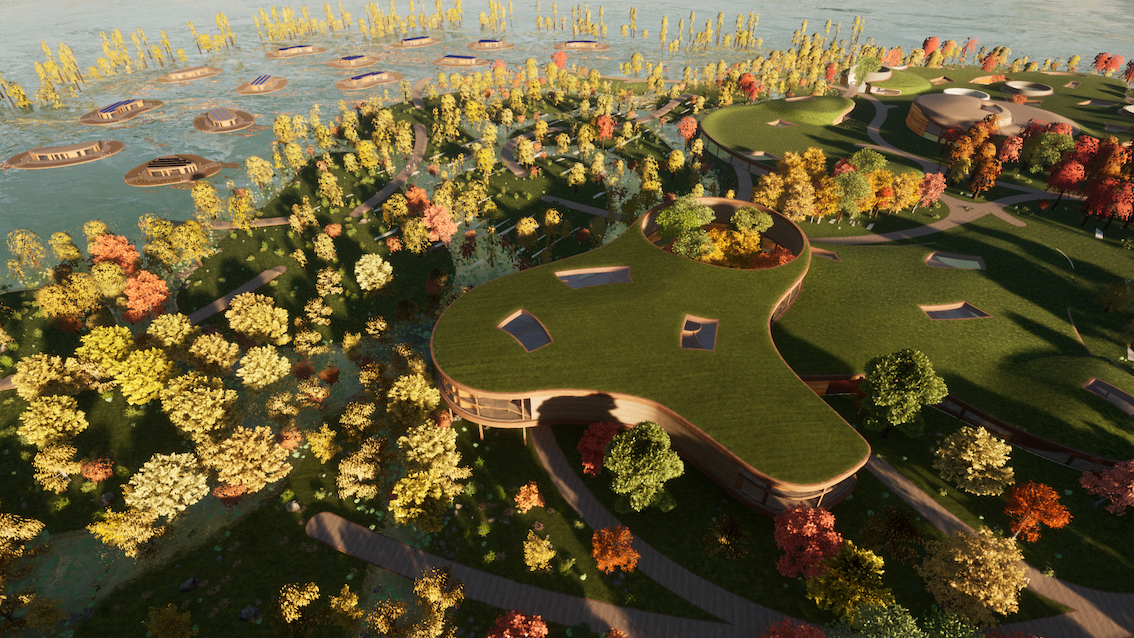Parsons BFA AD Grads Win Role Models Contest

In Spring 2021, Parsons Healthy Materials Lab hosted the sixth annual Role Models Contest. The Lab initiated this contest to challenge students to combine design innovation with advocacy for healthier futures. The choices we make as designers can have profound and lasting impacts on our bodies, our communities, and our planet.
The past year has been challenging to say the least, yet it is clearer than ever that students have the ability to design a better world, especially when living through these difficult circumstances. This year the Lab received a record-breaking number of submissions from over 35 universities in eleven countries including India, South Africa, and Colombia. Anonymous submissions were judged based on the following criteria:
- Clear argument for positive health impact and environmental benefit
- Clear Motivation for Material Choice
- Demonstration of Innovation and Future Thinking
- Demonstration of Carbon Impact
- Compelling Aesthetics
- Materials Transparency
The Grand Prize has been awarded to Flood Points, a collective thesis project developed by Eric Hu, Anthony Vesprini, and Nalin Chahal.
Flood Points asked the question “How do we design for rising tides?” For centuries, we have built structures that directly oppose the environment. Instead, Flood Points adapts to, rather than resists, environmental shifts. In their architectural proposal for the coastline of Northern Queens in New York City, students Eric Hu, Anthony Vesprini, and Nalin Chahal selected a multitude of problems to focus upon, including designing for sustainable energy sources, increasing transportation to the site, remediating harmful toxins from pollutants and sound pollution from the nearby airport. Yet, their primary focus was rising sea levels. The buildings they designed would become a part of the coastland once sea levels rise. They would be built with the understanding that they would someday rest on the ocean floor and with materials that would not harm the aquatic environment. This radically reimagines the afterlife of buildings, which too often is not considered.
From the Judges:
“The Flood Points project was highly impressive, dealing with complex and timely issues. In addition to this, the team demonstrated a real depth and sophistication of research into the carbon impact of buildings – using this knowledge to closely inform their material choices. The speculative renderings were also beautifully realized, bringing their vision to life.”
Here you can learn about other winning entries and honorable mentions.